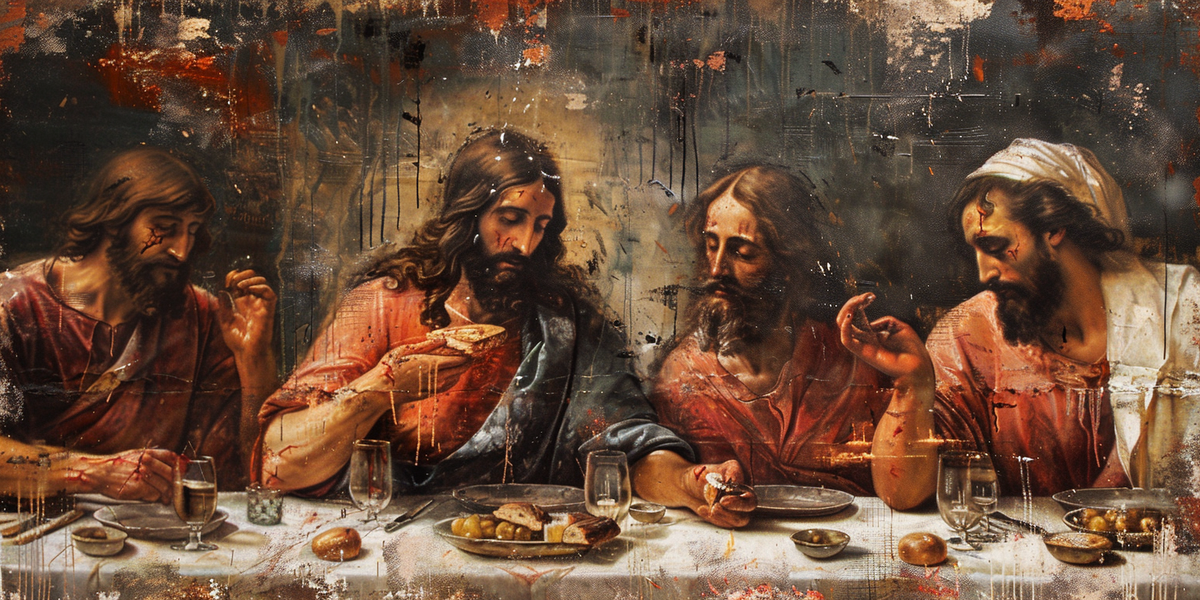The durability of the expression rests on more than wordplay. The name Judas carries centuries of moral gravity, theological debate, and cultural baggage—shaped by scripture, heresy, folklore, and art.
Subscribe to continue →Judas Priest ~ The suprising history of Infamy's favorite son...

